Where were you on Sunday at around 8pm?
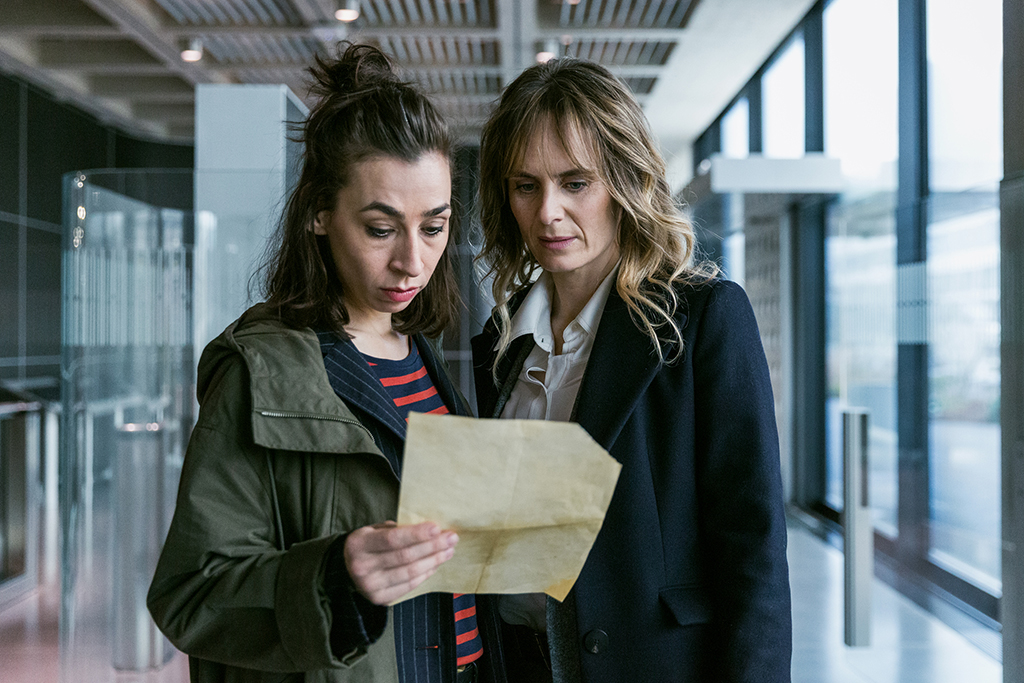
Are there witnesses? Tatort, the world’s longest-running crime drama, turns 50 on Sunday. Switzerland has taken part in the unique international co-production for almost half that time – but not without a few twists and (character) assassinations.
“A Swiss Tatort and the reviews aren’t scathing? Yes, it’s possible.” Swiss news portal Watson could hardly hide its surprise on October 19, a day after the 1,140th episode hit television screens.
It certainly started with a bang – or rather a burning corpse and fighting between young demonstrators and police. While the issue is topical, given recent violent street protests around the world, from the United States and Hong Kong to Belarus, the scenes of riots were in fact real footage from Zurich 40 years ago.
Here is how that episode, Züri brännt (Zurich’s burning), begins, with the original footage intercut with shots of one of the new investigators on her way to the Tatort (crime scene). What links the charred corpse and a mysterious skull with the Zurich punk scene of the 1980s?
The media always get excited by the latest Tatort, but critics had sharpened their pens even more than usual for this episode. It was a new Swiss city with new investigators, having previously been filmed in Bern and Lucerne.
‘Unbeatable concept’
The Tatort phenomenon has no equivalent in the English-speaking world. On roughly 30 Sundays a year – so more or less every fortnight – a 90-minute murder mystery starts at 8.05pm on Swiss public television, SRF, and ten minutes later in Germany and Austria.
What makes it unique, however, is that the murders rotate around various cities and are solved by various investigators (there are currently 23 teams). SRF contributes two programmes a year, ORF in Austria two or three, with the rest shared between nine regional television stations in Germany. And then there’s the issue of language – we’ll get to that later.
Tatort is the world’s longest-running police procedural. To mark its 50th anniversary, the investigators from Munich and Dortmund will team up for a double episode shown on November 29 and December 6.
Average viewing figures have fallen from around 25 million in the 1970s to around nine million, but Tatort remains the most popular television event in Germany. Swiss episodes are usually watched by around seven million Germans (Züri brännt attracted 7.45 million).
A similar international co-production concept was used for Eurocops (1988-1992), which featured seven European televisions stations (including from Switzerland).
The original title sequenceExternal link from 1970 is still used, as is the original music (apart from some subtle tweaking in 1979 and 2004) which was composed by Klaus “Das Boot” Doldinger.
Wolfgang Petersen, who directed Das Boot, also directed six Tatorts, including a controversial episode in 1977 which featured 15-year-old Nastassja Kinski topless. It remains the second most watched episode.
Roger Moore made a cameoExternal link in 2002.
The 2018 Swiss episode Die Musik Stirbt Zuletzt (the music dies last) was shot in one take. It was also the year’s least-watched episode.
“Tatort has an unbeatable concept: investigating teams from different cities who alternate on Sunday evenings,” says Stefan Brunner, who co-wrote Züri brännt. “You can accompany the investigators over several years and get old with them.”
He acknowledges the challenge from streaming services and detective series comprising seasons of eight or ten episodes such as The Bridge, The Killing and True Detective (in effect ten-hour films) on which viewers can binge, but he insists there’s room for multipart series and traditional self-contained episodes such as Tatort, Columbo and Poirot because both address different viewer needs.
“Sure, you can dive deeper into the characters in a [multipart] series, but you don’t want to constantly embark on such long mental journeys. A series like Tatort on the other hand is a constant: an old friend you can rely on. You meet up every Sunday, but you can also skip a Sunday if you want.”
Indeed, this is what many people do, for example in Zurich restaurant Piccolo Giardino, which has been holding public Tatort viewings for years.
‘Outrageously bold’
While most people seem happy that murders are now being committed in Zurich rather than Lucerne, getting to Zurich has been quite an adventure.
The first ever Tatort was made by NDR (in northern Germany) and broadcast on November 29, 1970. The first Austrian episode followed just under a year later. The idea was for Tatort to be more than just a whodunnit: there was to be local history and local colour, often through customs and idioms.
In Züri brännt, for example, German viewers learn about the youth riots of the 1980s, the Swiss statute of limitations on murder (30 years), that Zürichberg is a posh area to live and that a coffee can cost more than CHF5 ($5.50). What’s more, one of the new inspectors has a French accent, a reminder that not all Swiss people speak Swiss-German.
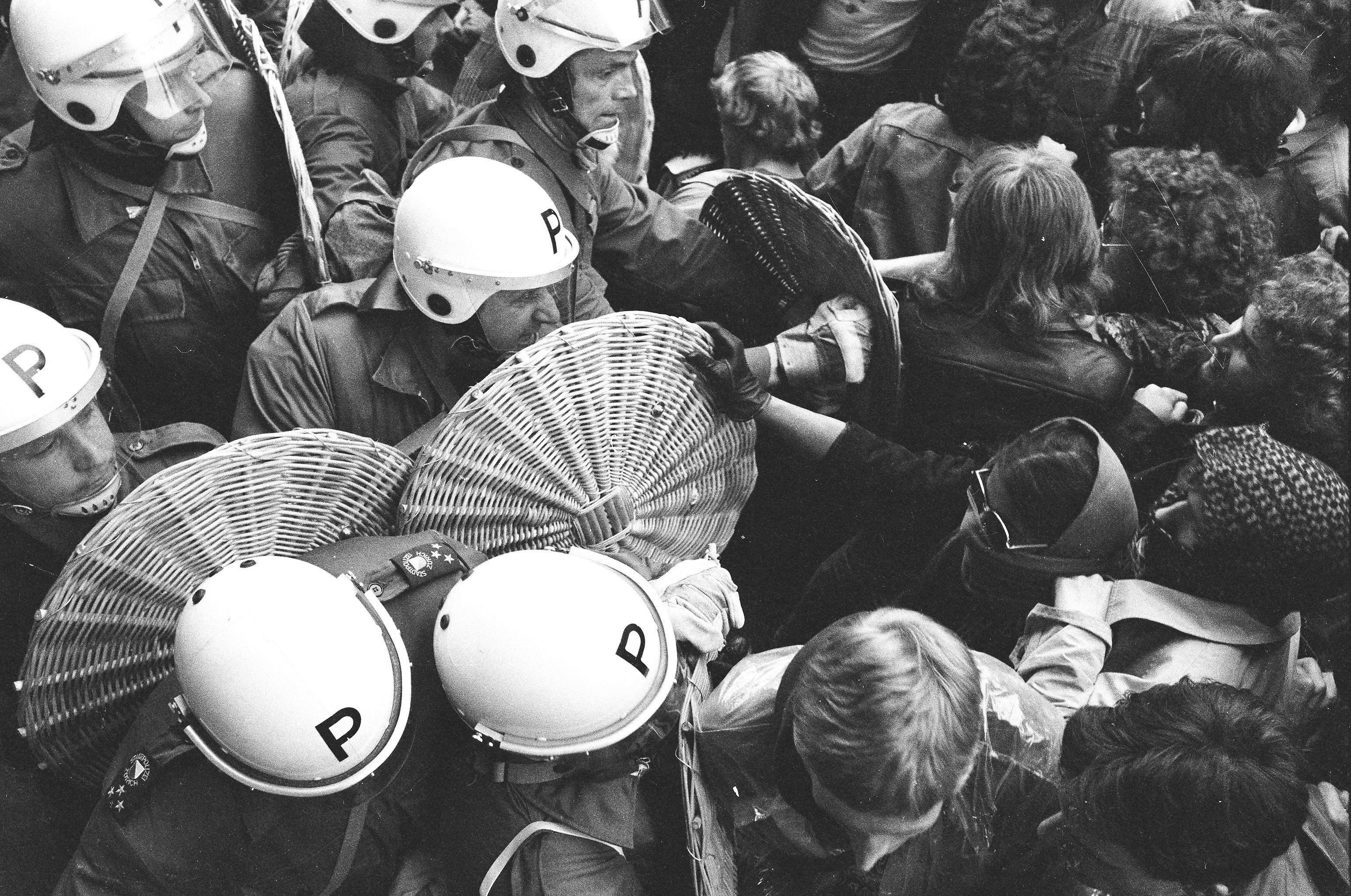
More
The revolution that set Zurich streets ablaze
Switzerland didn’t join the party until 1990, when Bernese detective Howald and his assistant Carlucci had to sort out a case in the Swiss capital involving dodgy arms deals, the death of a foreign ministry official and the death of Howald’s own daughter.
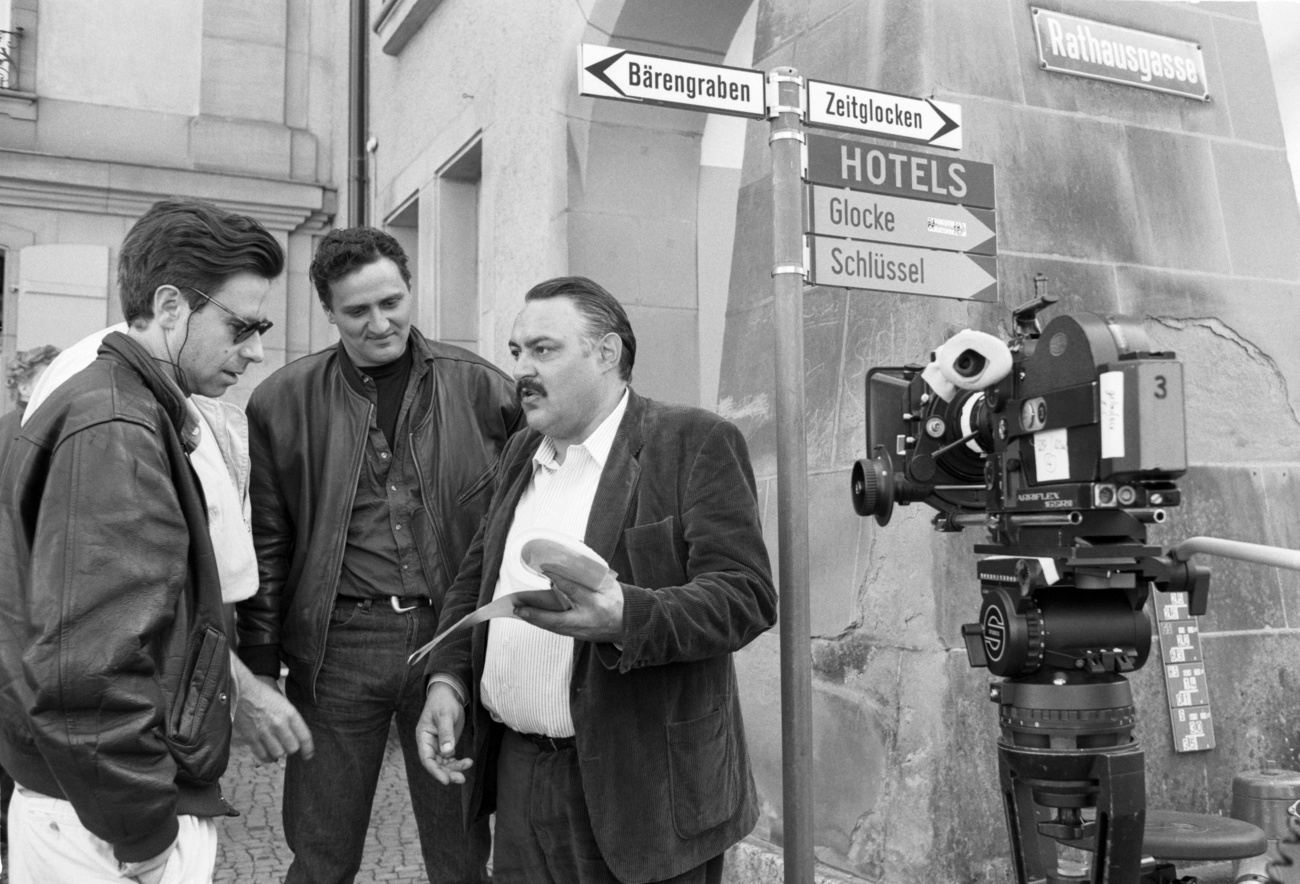
The episode stood out, not only because it was the most expensive Swiss television production to date, but because (spoiler alert) Howald was involved in his daughter’s death and at the end of the episode kills himself.
“I think it’s outrageously bold of the Swiss to present an inspector as guilty in the very first episode,” said an editor on the Austrian Tatort at the time.
Howald was replaced, but in 2002, after 12 cases, Tatort was broadcast from Bern for the last time. The official reason was money. The German public broadcaster ARD had reportedly asked SF (as SRF was known at the time) to double its production to two episodes a year. SF balked and walked.
‘Mercy killing’
However, in 2010 the Swiss changed their mind and returned to the Tatort alliance, producing two episodes a year from picturesque Lucerne. Things started ominously.
The first episode had originally been scheduled for April 2011 but was pulled by SRF for quality reasons. “The film doesn’t meet our standards. This Tatort makes us look bad,” said Nathalie Wappler, head of culture at SRF at the time. She blamed the cliché-ridden script and the unconvincing performance of Swiss-born Greek-Italian actor Sofia Milos (who had spent six years on American police procedural CSI: Miami).
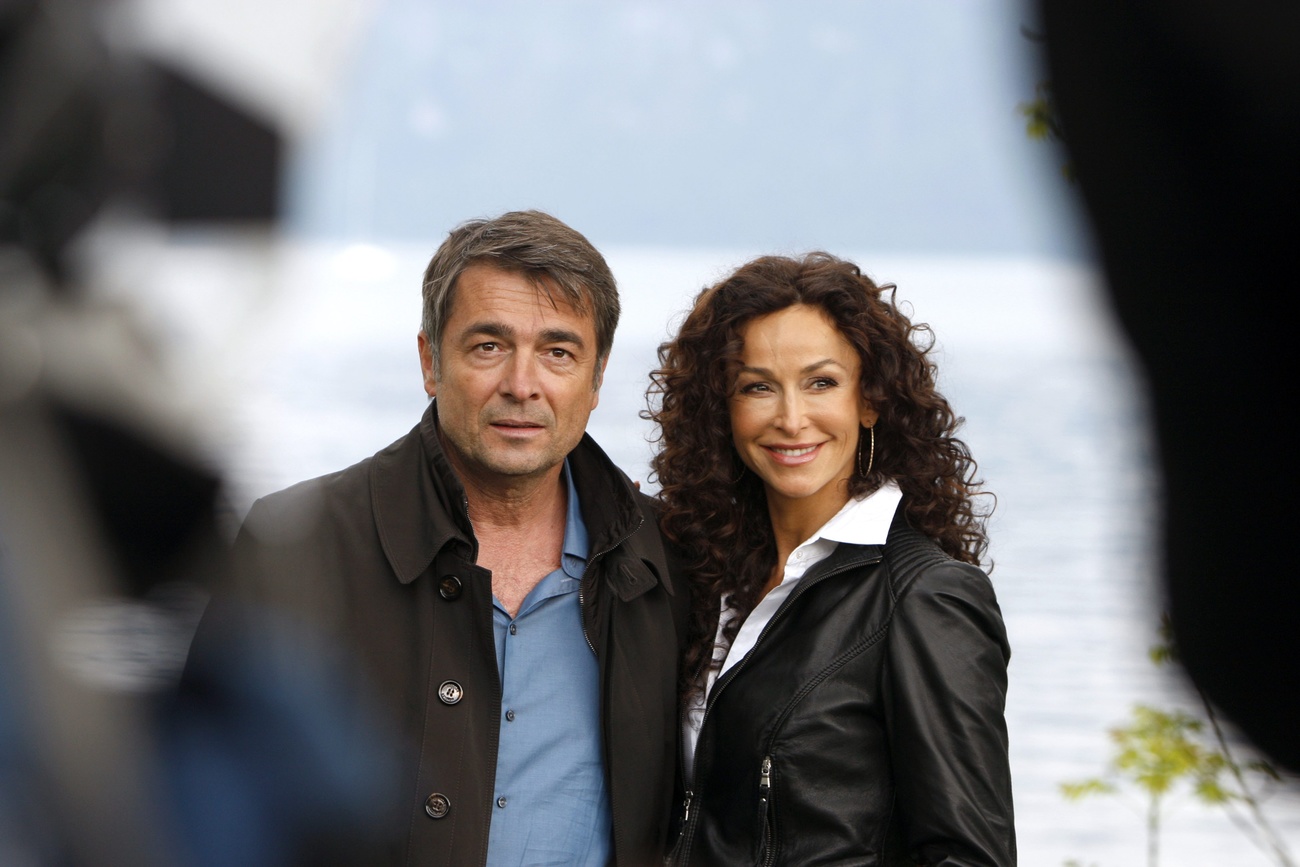
It didn’t help that some scenes had reportedly made negative allusions to the right-wing Swiss People’s Party (which SRF denied). So the episode was pulled, reworked (leading to criticism of censorship from left-wing politicians) and eventually broadcast in August.
Milos was booted out after just one episode; the new Lucerne duo dealt with 16 cases until the axe also fell on them in 2018. Their final episode went out in October 2019 and received generally negative reviews.
A “mercy killing”, was how the Neue Zürcher Zeitung saw the decision to end the Lucerne Tatorts. “The episodes from Lucerne have always seemed an unsolvable case,” it wrote.
“The Swiss episodes have been slow and ponderous – not so much because of [the two actors], but more because of the clumsy scripts and pedestrian plots. The films focused more on the Lake Lucerne backdrop than on the criminal case.”
Clichés vs authenticity
It’s this balance of gritty realism and “welcome to Switzerland” clichés where the Swiss Tatorts have often fallen down, according to Charlotte Theile, a journalist who grew up in Germany and now lives in Zurich.
“It’s possible that [German] viewers might say, ‘Ah, come on, it’s a Tatort from Switzerland – I want to see a few mountains and dream a bit and not just be driven through dingy streets in Zurich,” she says. “The problem is that critics and the Swiss have no interest in that type of film. They want more authenticity.”
The ratings for the Lucerne duo were in fact the worst of all Tatort teams in recent yearsExternal link. (The episodes set in the German city of Münster were the most popular.) Is that the reason for the Zurich reboot?
“The top priority from now on is to bring exciting and thrilling cases to the screens,” Urs Fitze, head of film at SRF, said last year. “In doing that, we want to draw a clear line under Tatort in Lucerne, where it was important to include in the story socially relevant topics – such as refugees or euthanasia. In future, the cases will be based more on the characters and therefore less anchored in reality.”
Arrival in Zurich
And so to Zurich. Theile wonders why it took SRF so long to switch from Lucerne to Zurich, “home to crooks from all over the world – especially rich ones”.
She notes that Switzerland’s largest city is also home to organisations that would get any crime author drooling: FIFA, the European headquarters of Google, dozens of secretive private banks, the laboratories of federal technology institute ETH Zurich.
Stefan Brunner says the challenge for Tatort scriptwriters is to depict the city in the main characters and stories. “What does the city stand for? What are its highlights? What are its dark sides? Since Zurich is probably the richest Tatort city, we’ve given it the basic theme ‘late capitalism and class struggle’.”
Züri brännt is the 1,140th Tatort and the first set in Zurich. The title is the name of a 1979 song by punk band TNT that became a youth anthem.
The new investigators are Isabelle Grandjean (played by Anna Pieri Zuercher) and Tessa Ott (Carol Schuler).
Grandjean, an experienced police officer, comes from French-speaking Switzerland and worked at the International Criminal Court in The Hague before working for Zurich cantonal police. She has one son who lives with his father in The Hague. Ott is a case analyst who previously worked as a Behavioral Investigative Advisor in Germany. She is from a wealthy Zurich family, is new to the force and appears to have got the job thanks to her parents’ friendship with the cantonal public prosecutor.
The script was written by Lorenz Langenegger und Stefan Brunner, who wrote several episodes in Lucerne and will write at least four episodes in Zurich.
Züri brännt definitely looks more cinematic than previous episodes, from the decor and lighting to the sweeping drone shots over the city and Zurich Opera House by night.
Language
But while the editing and technology have certainly evolved over the years, one thing that hasn’t changed is the language. The Swiss Tatorts are filmed in Swiss-German, which most viewers in Germany and Austria struggle to understand.
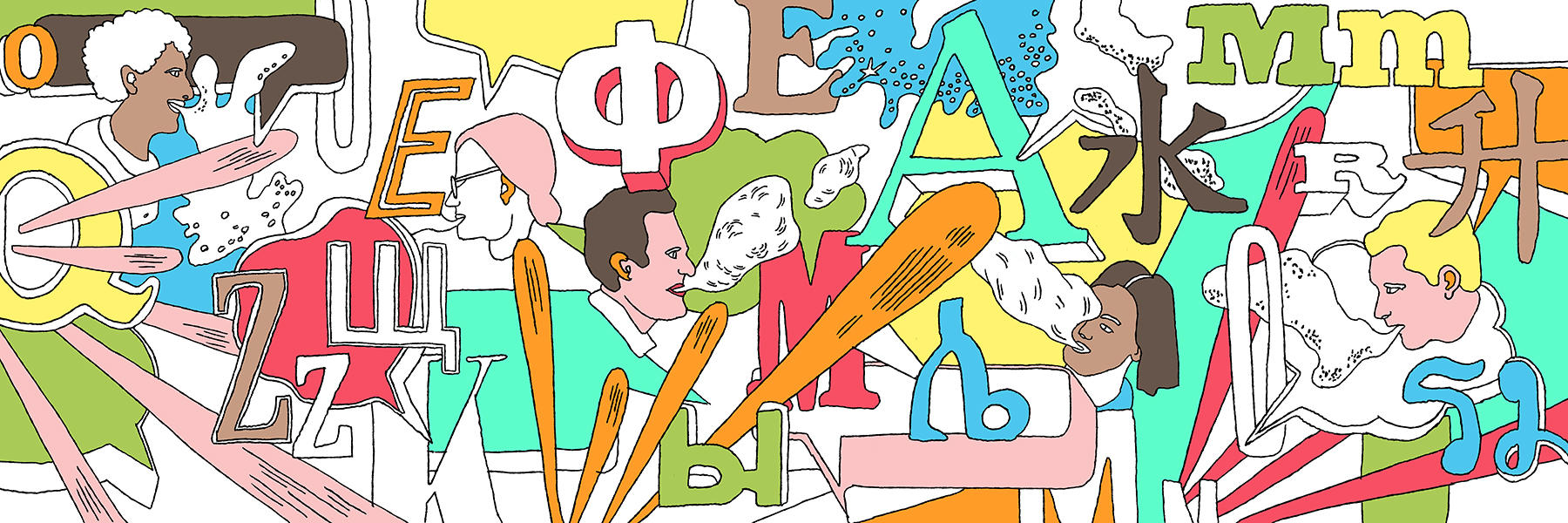
More
French, German, Italian, Romansh, English: How do the Swiss talk to each other?
As a result, the Swiss Tatorts are dubbed for German and Austrian television – apart from the first ten minutes! These are reshot, line for line, with the Swiss actors speaking High German – thus avoiding any lips moving distractingly out of synch (at least initially). Only after ten minutes does the dubbing come in, by which time the audience is hopefully hooked…
While this appears a clever compromise, not everyone is a fan. When SWI swissinfo.ch waded into social media after Züri brännt, many of the comments were critical of the dubbing, calling for the original version with subtitles.
“Subtitled original language films are much less accepted by viewers on German television,” explains Lars Jacob from ARD. “This is why films shown on Der Erste [ARD] in a foreign language or with an accent that is difficult to understand are almost never subtitled but rather dubbed.”
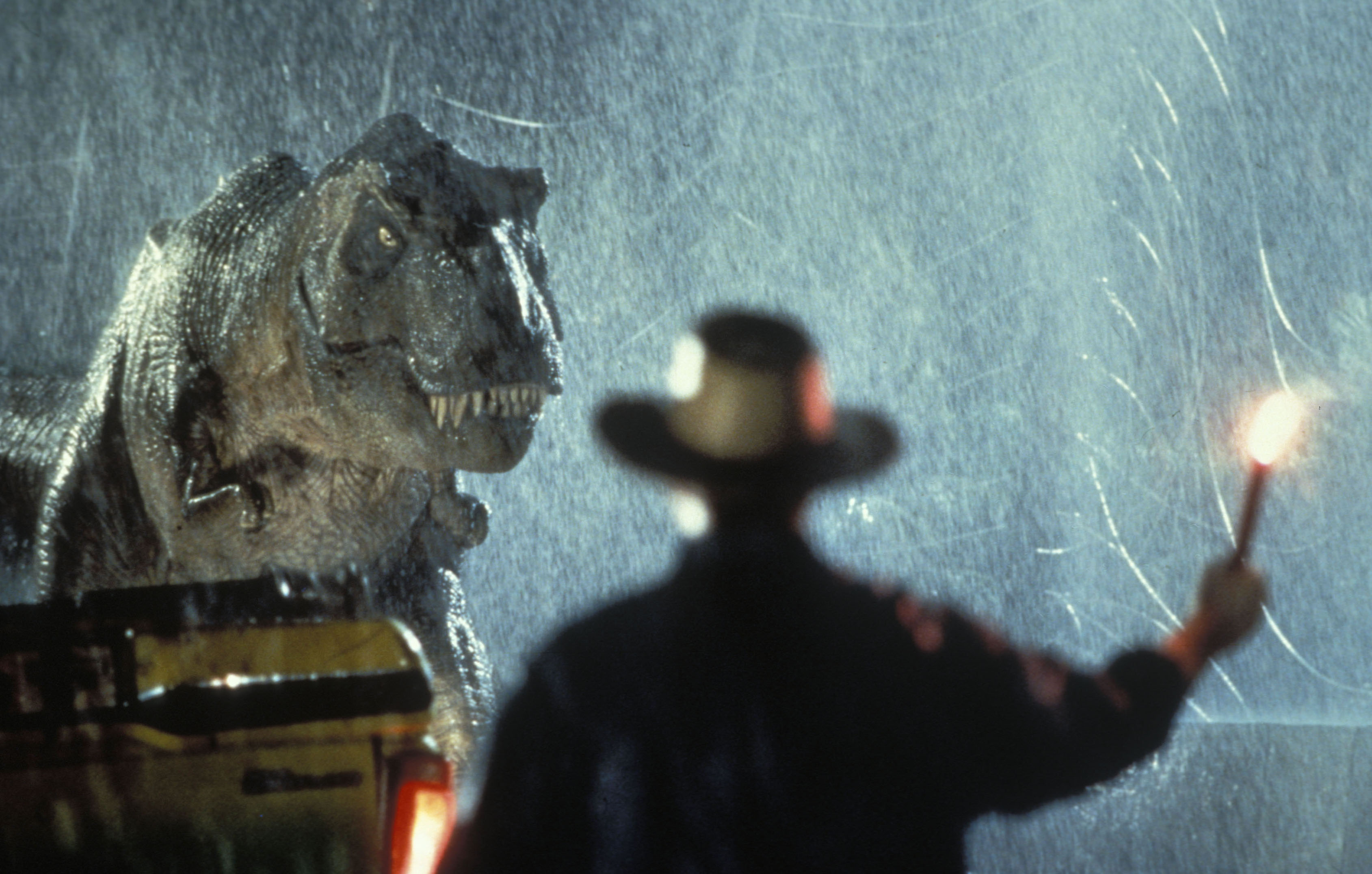
More
‘Maybe films should be subtitled in SMS language!’
Theile believes the language is certainly a problem – “there are many lost-in-translation moments which don’t help with the authenticity” – but, for her, the weaknesses of some Swiss episodes go beyond the language. “But the Swiss-German certainly doesn’t make things easier.”
The second Zurich Tatort has already been filmed – both episodes were shot pre-Covid – and will go out early in 2021. The drama focuses on the murder of the boss of a chocolate factory. Pens are already being sharpened.

In compliance with the JTI standards
More: SWI swissinfo.ch certified by the Journalism Trust Initiative













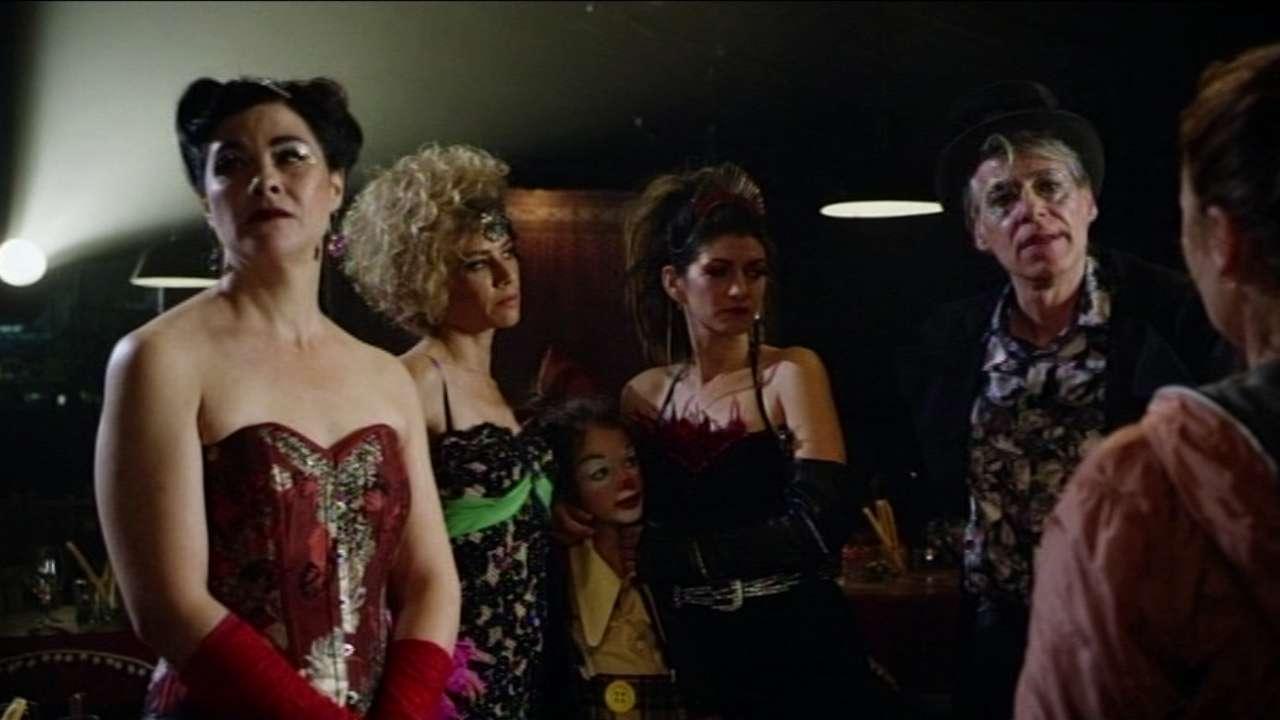
Join the conversation!